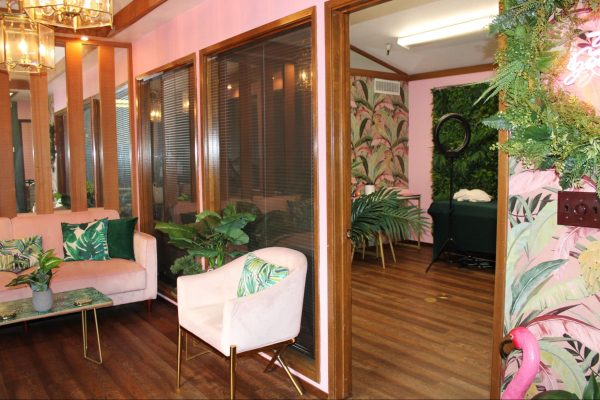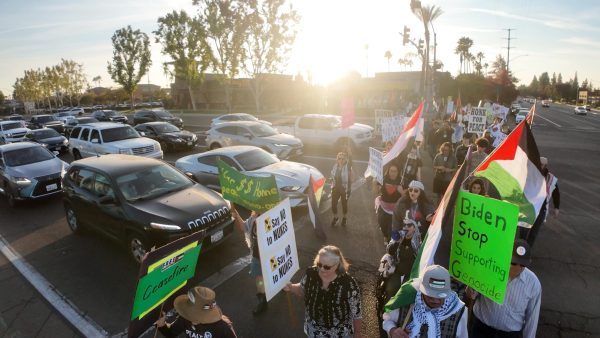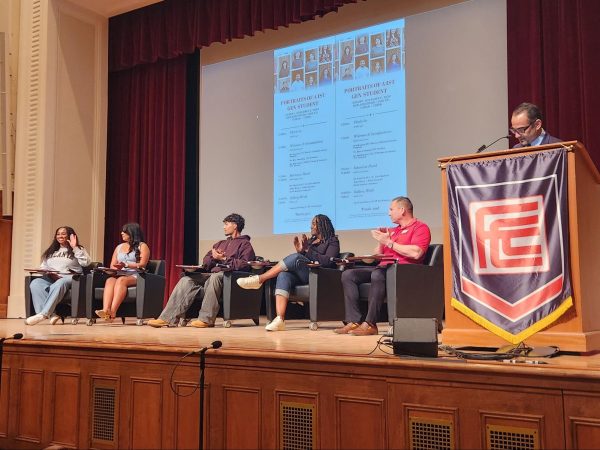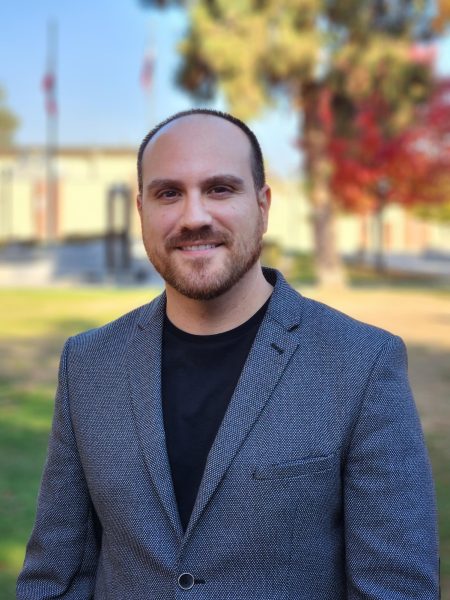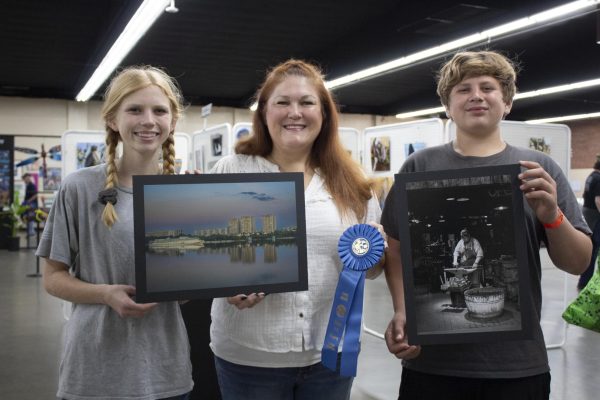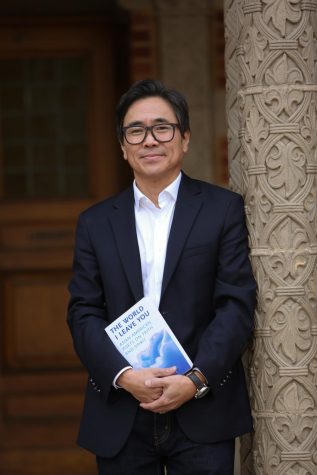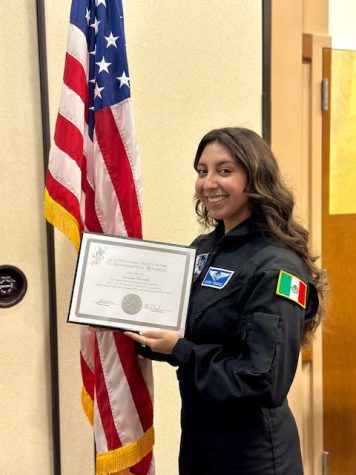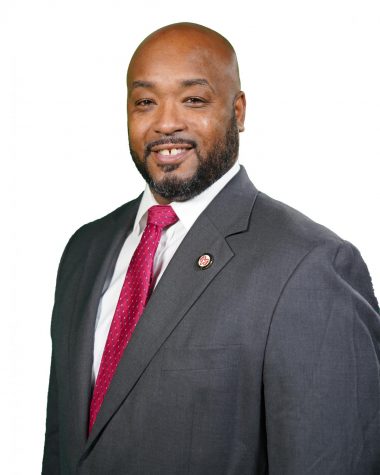OAB 100 Years Later — Grace, Elegance and History [VIDEO]
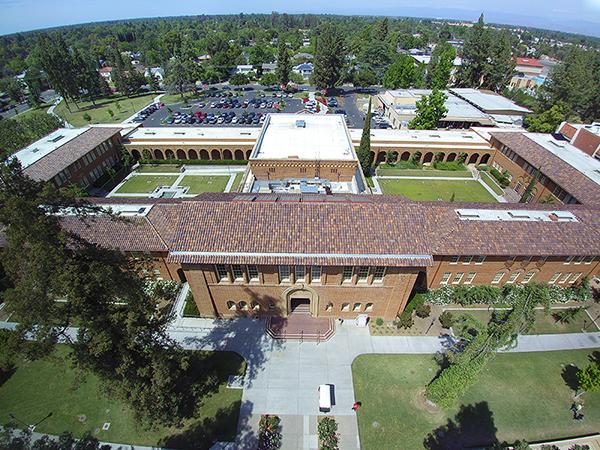
Photo by: Matt Hackney
The Old Administration Building at Fresno City College.
The Fresno-State Normal School building, which we now know as the Old Administration Building, was first built on the original 15-acre campus at the cost of $370,000.
The building opened and was dedicated on Nov. 17, 1916 and helped establish Fresno Junior College, (now Fresno City College) the first community college in California, and the second in the nation.
This year, the historic edifice will celebrate 100 years of its existence, an amazing feat for a building which was boarded up and closed in 1976. Its resurrection resulted from support of taxpayers in the 2002 bond measure, according to Ernie Garcia, educational adviser.
Garcia said that the State Center Community College District closed the building in 1976 because it did not meet the standards of what was called the field act.
“They feared that if an earthquake hit, the whole thing could crumble, so the district had no choice but to close it,” Garcia said. “It was boarded up and fell into complete disrepair for about 35 years until it re-opened again for students in 2011.”
The initial Measure E bond allocated approximately $25 million for the repair of the building. By the time the bidding started, materials and labor costs had risen, resulting in an overall cost of $ 65 million, according to Garcia.
By the time it was re-dedicated and re-opened in January 2011, the size of the FCC campus had grown to 103 acres. An extension to the building added 10 new classrooms, 6 faculty offices, 7 administrative offices, a community room (former library), Auditorium, and the Gary Soto Literary Museum.
Garcia said that the OAB is important because of the countless generations of students that went through it, whether they went here when it was the original Fresno Normal School, Fresno State, Fresno Junior College, or now, Fresno City College. He said the OAB holds a great amount of history.
So much history that it was placed on the National Historic Register in 1974, which Garcia thinks is the one thing that saved it from being demolished after it was closed.
“The main goal when they redid the building was to do it as historically accurate as possible,” Garcia said.
Garcia invites those who have not received a tour of the building to do so. “You will not find any building like this especially not in Fresno, and maybe not even in the Central Valley,” Garcia said. “The closest you’ll get to see a beautiful historical building like this is Stanford, UCLA or some of those old schools.”
When walking through the courtyards or hallways of the revenant Roman tapestry brick building, one is transported to another time.
From the elegant arches in the courtyard to the distinct waterfalls in the middle of green pastures and benches, the character of all the hard work that went into building this now historical building is unmatched.
“The first thing they notice is the beautiful brick facade and the Spanish renaissance style,” Garcia said. “If you walk around the building you’ll notice that when they redid the building they tried not to add new brick to it because it wouldn’t match the color of the old brick.”
The college tried to preserve as much as of the original building as possible so that it would maintain its character. They wanted to stay as historically accurate as possible.
“All of the roof tiles are original; they were taken down one by one, and those that could be restored were restored,” Garcia said. “So most of the roof tile is original, and the glass panes in the windows are original.”
The building is an amazing architectural work of art that has housed many generations of students, professors, staff and administrators.
This restored historical building houses several generations of historically significant memories.
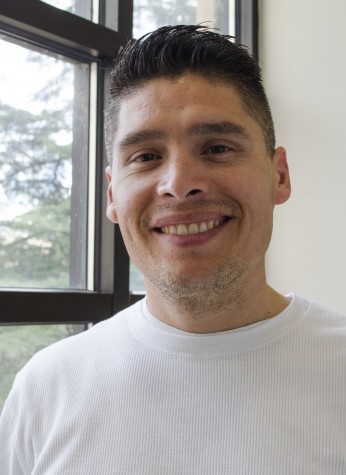
George Garnica is going on his second year at the Rampage and has now taken the position as Multimedia Editor. He is currently working on his Journalism...

